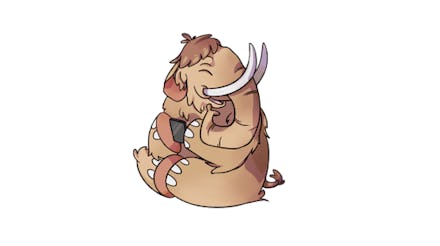What is Mastodon? Everything to know about the new social network

You may recognize the word Mastodon as the name of the heavy metal band. Or you may just know it as the prehistoric mammal that is a distant relative to the modern-day elephant. Now, there's a third definition: It's a new social media platform that works a lot like Twitter. Here's everything you need to know about the site.
Who created Mastodon?
Mastodon, the social network, was created by 24-year-old Eugene Rochko of Germany. He named it after the band, not the extinct species.
How does Mastodon work?
Mastodon is heavily reminiscent of Twitter. Users set up a profile for themselves, share posts (called toots) and follow other users' posts.
How is Mastodon different from Twitter?
Twitter's 140-character limit is not a thing on Mastodon. Instead, users have a 500-character limit. Twitter is also the primary platform, whereas Mastodon allows users to set up independent "instances" of the site.
"The entire network is like an unlimited number of different Twitter websites, users of which can follow each other and interact regardless of which Twitter website exactly they are on," Rochko told the Telegraph. "This has obvious benefits, as there is no single company that has a monopoly."
How many people are on Mastodon?
According to the Verge, since its launch in October, around 42,000 users have signed up for the platform as of early April. While that is nowhere close to Twitter's 320 million active users, interest in the social media platform is growing. In fact, the site has had to temporarily shut down access to new users until "quality of service can be assured for existing users."
What else is there to know?
Currently, Mastodon is ad-free and open-source. It also outlines a very clear set of rules for its users: "racism or advocation of racism, sexism or advocation of sexism, discrimination against gender and sexual minorities (and) xenophobic and/or violent nationalism" is strictly banned.